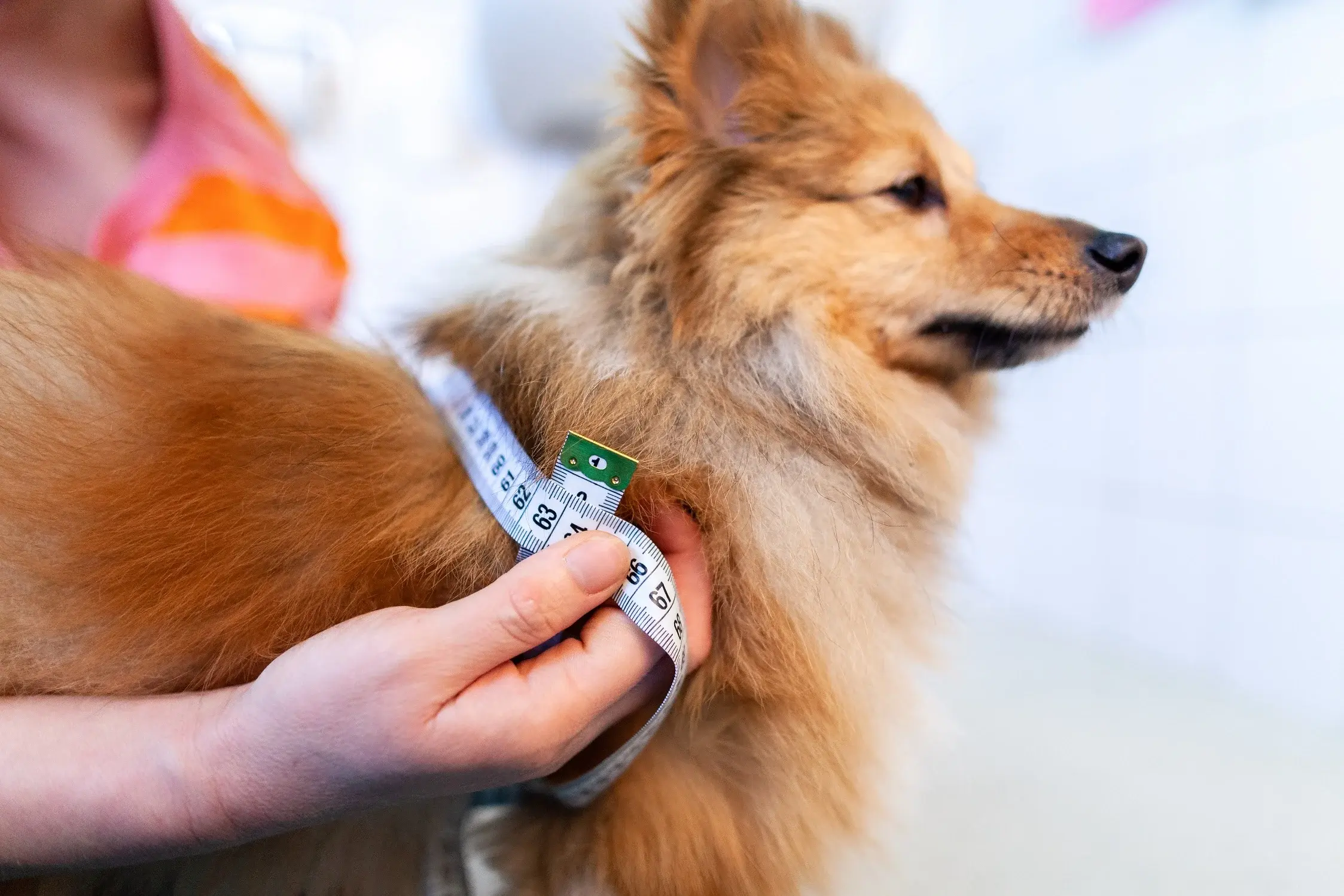In this article, I'll delve into the importance of maintaining an appropriate weight for our furry friends, and how this helps them have a quick recovery and can reduce the risk of injuries and muscle-related issues.
I'll also highlight the detrimental effects of underweight conditions on their immune systems and muscle mass, in addition to providing you with some valuable tips on how to assess if your dog is the correct weight.
So, let's embark on this journey together and discover why maintaining a healthy weight is essential for your pets to live a happy and long life.
The value of a healthy weight
Our pets rely on us to provide them with the best care possible, and maintaining a healthy weight is an essential part of that responsibility. Just like humans, excessive weight gain can lead to a range of health problems for our furry companions.
Obesity in dogs and cats is associated with an increased risk of heart disease, diabetes, joint issues, and a shortened lifespan. On the other hand, maintaining an ideal weight helps them live longer, happier lives.
.webp)
Swift recovery and enhanced stamina
When our pets are at a healthy weight, their bodies can bounce back quicker from injuries or illnesses. Adequate muscle mass and optimal weight distribution allow for improved healing and reduced stress on their joints.
Furthermore, maintaining a healthy weight enhances their overall stamina, making them more resilient during physical activities.
Temperature regulation and exercise
Exercise plays a vital role in keeping our pets fit and healthy. Dogs with a healthy weight find it easier to regulate their body temperature during exercise.
Excess body fat acts as insulation, making them more prone to overheating, especially in warmer climates or when taking part in high-intensity activities. By keeping their weight in check, we can help them stay cool and avoid heat-related complications.
Read more on the nutritional needs of pets during the summer
Reducing the risk of injuries and muscle strain
Just like humans, dogs and are susceptible to injuries and muscle strain, particularly during exercise or physical exertion. Maintaining a healthy weight helps reduce the strain on their muscles, joints, and ligaments, minimizing the risk of sprains, strains, and tears.
It allows them to move more freely and comfortably, enabling an active lifestyle without unnecessary pain or discomfort.
The dangers of underweight conditions
While it's crucial to prevent excessive weight gain, we must also be aware of the dangers of underweight conditions for our beloved pets. A lack of adequate nutrition and an excessively low weight can weaken their immune systems, leaving them vulnerable to infections and diseases.
Additionally, insufficient muscle mass due to extreme weight loss can result in diminished strength and energy levels, compromising their overall well-being.
So, how do we know if our dog or cat is an ideal weight?
Assessing our furry friends' weight is essential to ensuring they maintain a healthy physique. By using specific visual and tactile cues, we can determine if our dogs and cats are at an ideal weight, underweight, or overweight.
Read more about the importance of omega-3 for cats
Here's a guide to help you evaluate your dog's weight effectively. You can also apply most of these techniques to your cat too.

Ribs
When examining your dog's or cat's ribs, you should be able to feel them easily without excessive fat covering. Gently run your hands along the sides of their chest. If the ribs are palpable with a thin layer of fat, your pet is likely at an ideal weight.
However, if the ribs are highly visible or protruding, your pet may be underweight. On the other hand, if you struggle to feel the ribs due to an excess layer of fat, your pet may be overweight.
Waist
Look at your dog from above and check for a noticeable waistline behind the ribs. There should be a discernible tapering from the ribcage towards the hips.
If your dog has an hourglass shape when viewed from above, they are likely at an ideal weight. If the waistline is barely visible or absent, your dog may be overweight.
Conversely, if there is a prominent waistline and a significant tuck upward from the side view, your dog may be underweight. You can use this tip when assessing your cat too.
Abdominal tuck
Observe your pet from the side and check for a visible tuck or upward slope of the abdomen behind the ribcage. This tuck indicates a healthy weight.
If the abdomen appears relatively flat or hangs down, it might be a sign of excess weight. Conversely, if the abdomen appears excessively tucked or gaunt, your dog or cat may be underweight.
Remember, these visual and tactile cues serve as general guidelines, but it's essential to consult with your veterinarian for a more accurate assessment of your dog's or cat's weight. They can provide professional guidance and evaluate your pet's overall health to determine the best course of action.
By regularly monitoring your fluffy friend's weight and making necessary adjustments to their diet and exercise routine, you can help them maintain a healthy weight range. A balanced approach to weight management ensures their well-being, enhances their quality of life, and strengthens the bond you share with them.
Scientifically proven health benefits for companion animals

